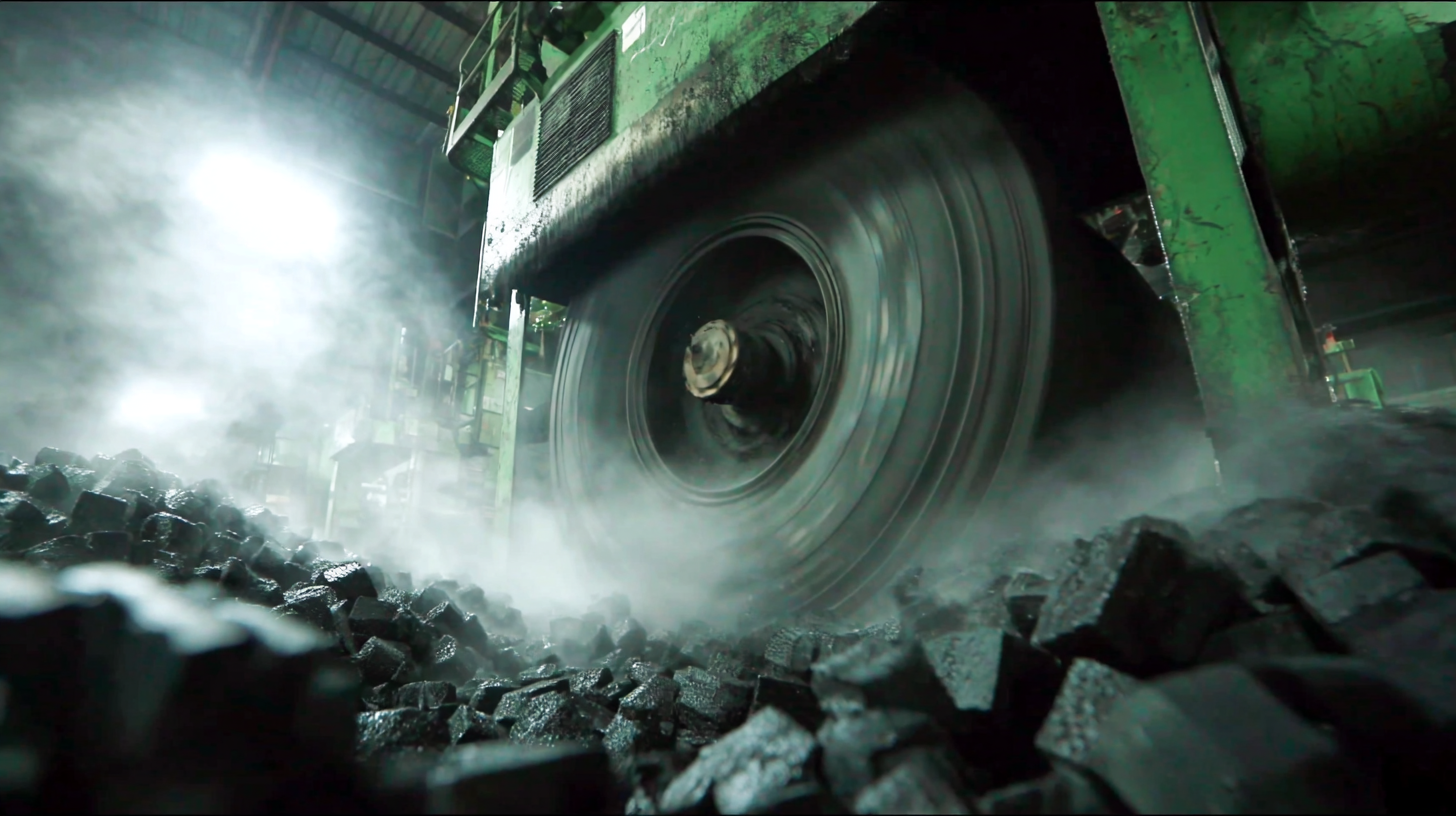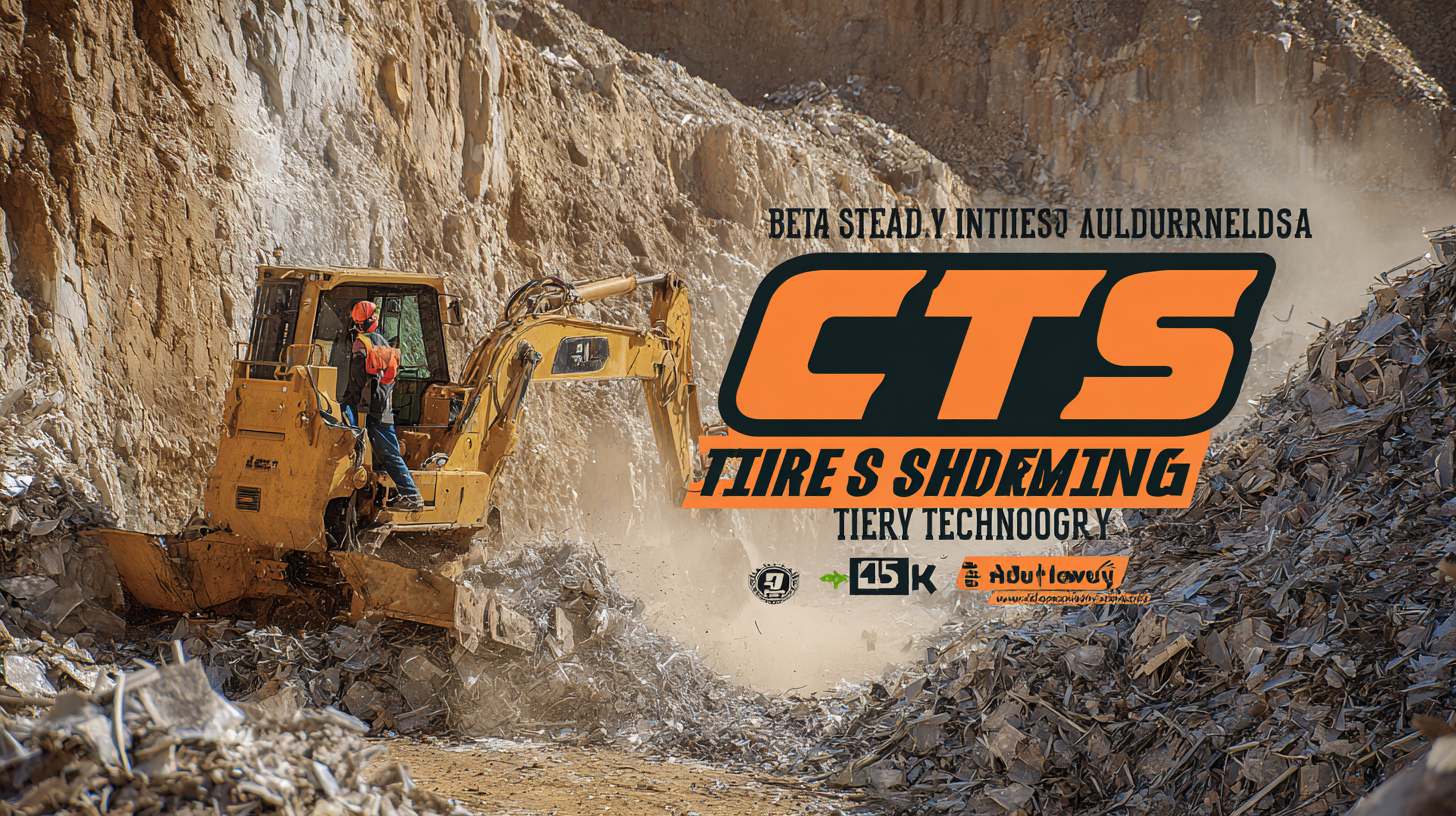In today's rapidly evolving industrial landscape, the importance of best practices in tire shredding technology cannot be overstated. As the demand for sustainable waste management solutions grows, innovative tire shredding techniques are essential for efficiently repurposing used tires into valuable materials. This blog will delve into the multifaceted reasons behind the push for elevated industry standards in tire shredding, highlighting technological advancements, environmental benefits, and economic incentives. By exploring the latest trends and practices, we aim to illustrate how adopting cutting-edge tire shredding technology not only enhances operational efficiency but also contributes to a greener planet, transforming waste into resources. Join us as we uncover the compelling reasons to embrace these advancements and lead the charge toward a more sustainable future.

Tire shredding plays a crucial role in waste management, transforming discarded tires into valuable materials. Tires are a significant environmental concern due to their bulk and the hazardous substances they may contain. By shredding tires, we effectively reduce their volume, facilitating easier transportation and disposal.
The shredded material can be repurposed for various applications, including road construction, playground surfaces, and even as fuel in certain industrial processes. This not only alleviates landfill pressure but also promotes a circular economy where waste materials are utilized rather than discarded.
The technology behind tire shredding has significantly advanced, enhancing efficiency and safety while ensuring higher recovery rates of reusable materials. Modern shredders can process tires of different sizes and compositions, enabling the separation of steel and other components during processing. By investing in cutting-edge tire shredding technology, waste management facilities can improve their operational standards and contribute to a more sustainable future. Understanding the importance of tire shredding is essential for businesses and communities alike, as it supports environmental protection efforts and provides a pathway to resource recovery.
In the ever-evolving landscape of tire recycling, the efficiency and performance of tire shredding technology play a pivotal role. Key innovations are driving the sector forward, allowing for more effective processing of rubber waste. Among these advancements, the integration of advanced shredding machinery equipped with high-capacity blades and adjustable shredding sizes stands out. This technology not only maximizes output but also minimizes energy consumption, leading to a more sustainable approach to waste management.
Another significant development is the incorporation of digital technologies such as IoT sensors and AI-driven analytics into shredding operations. These technologies enable real-time monitoring of machinery performance, anticipating maintenance needs and optimizing operational efficiency. Additionally, automated sorting systems that leverage machine learning enhance material recovery rates, ensuring that recyclable materials are successfully extracted for further processing. As these key technologies continue to evolve, they promise to set new industry standards, making tire shredding more efficient than ever before.
The tire shredding industry has seen significant advancements in technology, positioning leading equipment manufacturers at the forefront of waste management solutions. A comparative analysis of top tire shredding equipment reveals varying performance metrics that are vital for operators seeking efficiency and sustainability. According to a recent report from MarketsandMarkets, the global tire recycling market is projected to reach $6 billion by 2025, illustrating the growing importance of effective tire shredding systems in processing the 1.5 billion tires discarded annually.
When evaluating equipment, two critical factors emerge: throughput and energy efficiency. For instance, high-capacity machines like the SSI Dual-Shear™ and the Granutech Saturn Systems' MAC® line offer throughput rates that can significantly reduce operational time and cost. Reports indicate that these machines can shred tires at speeds exceeding 20 tons per hour while consuming 30% less energy than older models. Furthermore, the integration of advanced automation and monitoring technology provides operators with real-time data, enhancing decision-making and productivity. As the industry shifts towards more sustainable practices, these innovations are not just improving efficiency but also contributing to a circular economy by enabling the recovery of valuable materials from waste tires.

In the realm of tire shredding operations, maintaining efficiency and ensuring sustainability is paramount. Best practices not only enhance productivity but also extend the lifespan of machinery. One key aspect is regular maintenance; equipment should be routinely inspected for wear and tear, and any necessary repairs should be conducted promptly to avoid costly downtime. Additionally, operators should be trained to handle equipment properly, fostering a culture of safety and operational excellence.
Tips for optimal tire shredding include maintaining the right balance of feedstock size and ensuring the proper adjustment of shredder settings. This promotes even wear on blades and reduces energy consumption. Implementing a scheduled maintenance program can streamline operations, allowing teams to identify issues before they escalate, ultimately enhancing output quality.
Furthermore, investing in high-quality components will lead to fewer breakdowns and lower operational costs over time, making it a wise choice for any facility looking to elevate their tire shredding standards.
The tire recycling industry is on the brink of significant transformation as advanced shredding technologies emerge, aligning with future trends in sustainable practices. Innovations in tire shredding not only enhance the efficiency of tire processing but also contribute to the circular economy by facilitating the recovery of valuable materials. The introduction of smart shredding equipment integrated with AI and automation holds the potential to revolutionize operations, reducing waste and increasing productivity.

Furthermore, as environmental regulations become stricter, the demand for eco-friendly tire recycling solutions is rising. By arming manufacturers with cutting-edge technology, the industry can achieve higher standards of sustainability and waste management. This commitment to innovation reflects a broader commitment to environmental, social, and governance (ESG) principles within tire manufacturing and recycling sectors, positioning businesses to thrive in an increasingly conscientious market. As these trends unfold, the synergy between technological advancement and sustainability will be pivotal for shaping the future of tire recycling.
